The Art of Sculpture and Superyacht Interiors
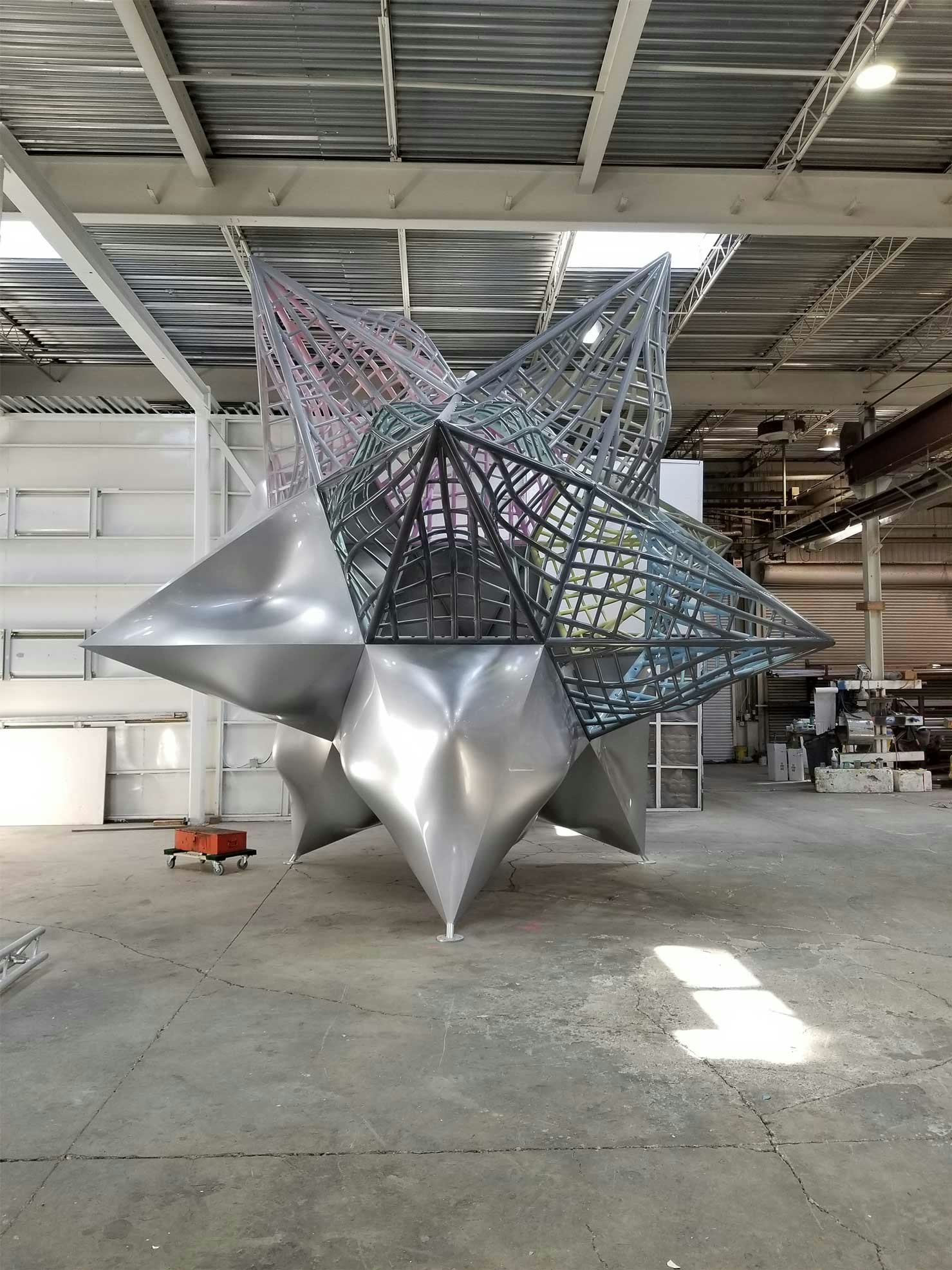
Superyachts are works of art in their own right, but the perfect piece of artwork can be the ideal finishing touch for a superyacht interior. Paintings and photography have long been a popular addition to yachts – with everything from Picassos to art by the owner themselves displayed on board – but increasingly sculptures are also being used as a striking addition or stylish centerpiece.
And there’s no surprise why. “Sculptures give a sense of personal touch and uniqueness to any yacht, like a personal note to the owner,” says Veronika Schmid, Director of Gill Schmid Design, which delivers yacht design, architecture and art services. “Sculptures also add a new dimensionality to space: colors, movements, ideas and artistic expressions. They draw our eye towards them and highlight the space and environment they are in, taking us on a journey of our thoughts, ideas, and emotions. And lastly, and on a more pragmatic level, they present themselves as an obvious financial asset, adding to the uniqueness of the yacht and hence making it more attractive for sale or charter.”
DKT Artworks, a multidisciplinary team of artists that delivers bespoke projects, have seen a notable rise in request for sculptures tailored for superyachts, with recent commissions including a bespoke piece for the 244-foot (74.5m) motor yacht ELANDESS. “There’s no doubt that sculptures can contribute significantly to the ambiance of a yacht, even epitomizing the theme of the vessel,” says Guglielmo Carrozzo, Head of Marketing at DKT Artworks. “Their visibility is especially significant with the new generation of yachts which tend to have a much greater area of glass, which means they can be seen from inside and out.”
Creating pieces that have a link with the sea and yachts is an appealing challenge for New Zealand-based artist Jimmy James Kouratoras, who recently delivered a piece called “Kupe”, named after an ancient Māori navigator and created in tribute to Tangaroa, Māori God of the ocean and master of the seas. “Creating a work that will travel on a superyacht gives energy, ‘mana’ (prestige) and direction for the vessel itself and those on board,” explains Jimmy. “I shaped this sculpture to continue its own voyage and be the guardian of its chosen vessel. Sculptures on superyachts provide a special – and essential – finishing touch. Not only does a sculpture create curiosity, it welcomes touch. This in return gives us a sense of ease and happiness. It also helps us to connect – all essential parts of bringing together a unique experience aboard a superyacht.”
With sculptures often being a distinctive aspect of a yacht’s décor, developing the sculpture’s look and feel usually begins early on. “Before we take out the chisels or modeling tools, we need to build a clear brief,” says Guglielmo. “There’s almost always a given subject and a preferred material as a starting point and from here, the aesthetic aspect of the proposed artwork progresses from hand-drawn designs and a few material samples through scale models to the final sculpture.” The final position and use are always key to the development stages. “All of this development would normally take into consideration the major aspects from which the artwork would normally be viewed, the general theme on-board the yacht and the suitability of the proposed location.”
When creating a piece for a yacht, it is inevitable that there will be a number of limitations that must be taken into account when creating a design to fit the brief. “These bespoke sculptures are usually more site-specific than others; they will be scaled to fit a specific space on the vessel, fabricated out of materials more resistant to corrosion, structurally stable and considerate of the movement of the vessel,” says Veronika.
In fact, many sculpture projects that are created by Gill Schmid are actually built at shipyards, which, apart from the obvious nautical tie in, provide a highly suitable build location for this type of work. “The reason for this is twofold: Firstly, because the complex surface geometries lend themselves to fabrication at a yard. Double curved surfaces in metal are inherently ingrained in the production at a yard, so is work in wood, carbon fiber or fiberglass,” says Veronika. “Secondly, the material selection, use and finishing of the materials will naturally withstand marine use. This has proven to be an important step for us in the production of art – the move back to the source – the fabrication of sculptures at shipyards and a range of artisans associated with the yachting industry.”
Inevitably, the display of a sculpture on a moving yacht comes with practical considerations. “There are several technical requirements that need to be addressed when planning a three-dimensional artwork for a yacht, most notably, the fixings must be able to withstand the extra loading,” says Guglielmo. “For a residential project, this is usually a straightforward matter, with weight acting in a single, constant direction. But for a yacht, that same mass will be subject to the forces of roll, pitch, yaw and heave and depending on the nature of the artwork we would normally plan for two to three times the loading when designing the fixings.” In other words, don’t just buy a sculpture and expect to load it straight on to your yacht.
Kate Blomfield, founder of TANTRA Art, specializes in introducing superyacht clients to artists that they will have a connection with and taking them to see the sculptors in action. “This ensures that the resulting sculpture has a deeply personal link to the client and yacht,” says Blomfield. “Bespoke sculptures often grow out of other sculptural work done by the artist but are an artistic expression often more tailored towards what the client is looking for – something unique to the client, be it personal, a nod to their business, family, interests or others,” says Veronika.
Designer Ed Cruikshank, whose portfolio includes pieces for the interior of the 101-foot (31m) sailing yacht SAVANNAH and 111-foot (34m) motor yacht VvS1 (now AKIKO), is passionate about making a connection with a client and creating meaningful pieces that combine function with deeper meaning, often embedding hidden messages into their sculptural form. “Every piece I create is specific to the owner and the project, and I look into the meaning and relevance of the project to capture the essence of the people, place and time,” says Ed. Recent projects have included a statement art/furniture 1821 Table piece, which perfectly combines form and function.
Modern innovations and new work mediums have meant that the potential for what can be achieved when creating sculptures is constantly broadening. The Gill Schmid team believes that up-and-coming trends will include the use of 3D printing for art aboard superyachts. “We have been working at the forefront of 3D printing technologies for the past two decades, always pushing the boundaries and looking for new applications and techniques,” says Veronika. “Only now are these techniques starting to be used for sculptural, structural, mechanical or ornamental applications in yachts.”
The possibilities that a sculpture’s design can offer stretch as far as the imagination and are as unique as the yachts they feature on. “Sculptures can be whimsical or serious in nature, they can be solid and emphasize mass or be light and open; they may be installed as interior or exterior artworks, large or small, standing as a single piece or a cluster of smaller individual studies,” says Guglielmo. “It is a medium with seemingly endless potential and discipline which is a joy to work within.” A joy to behold, too.
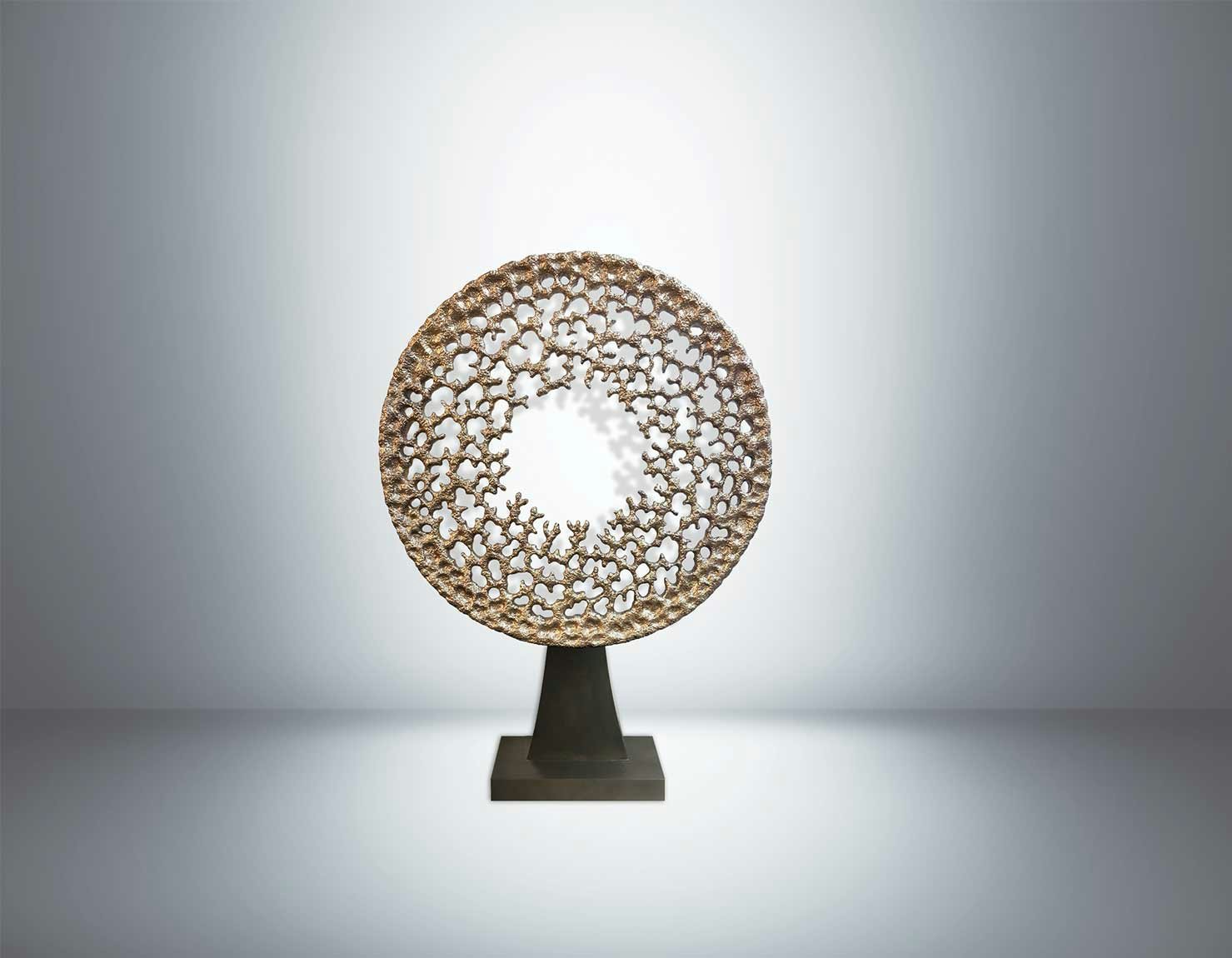
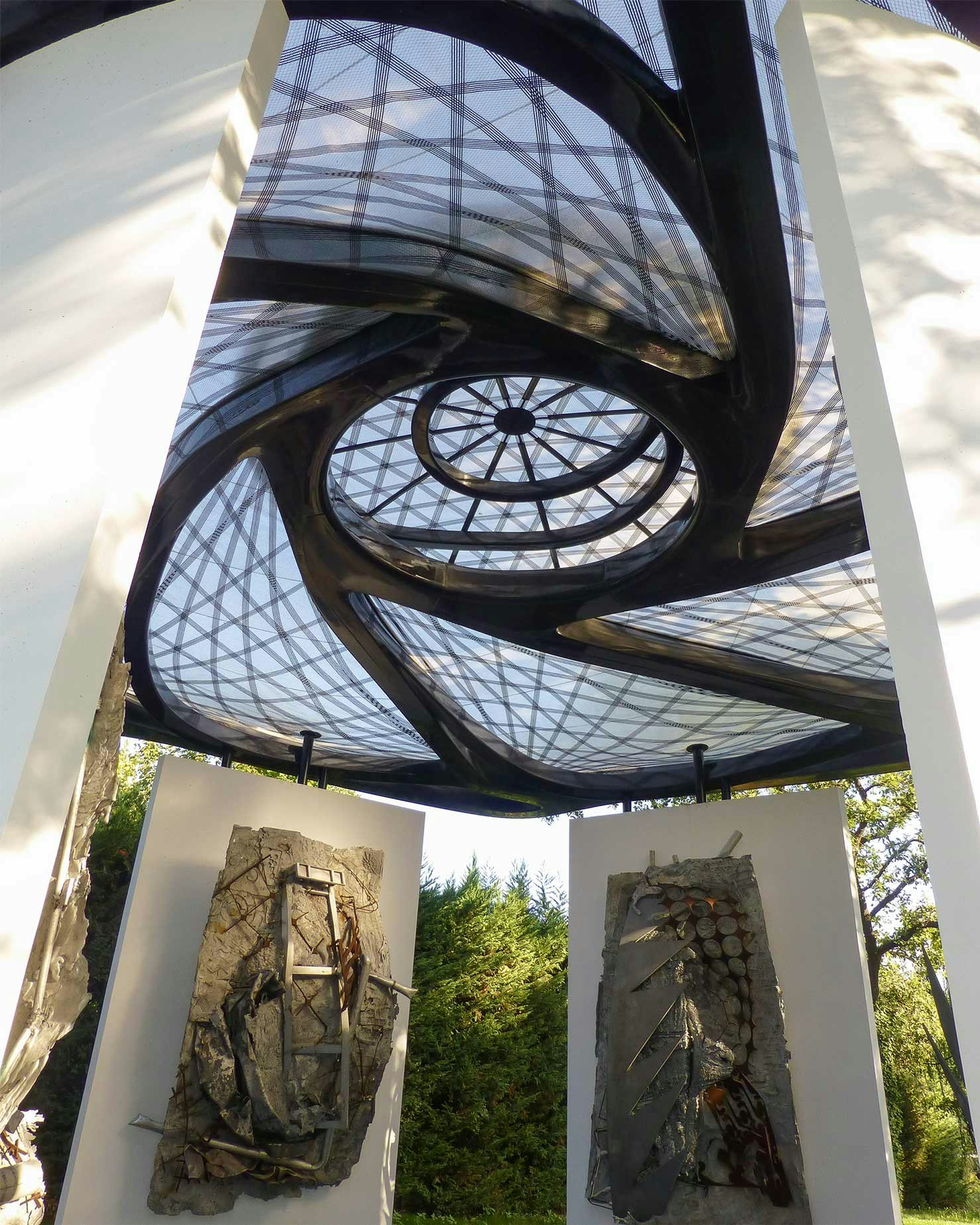
Sculpture pavilion by Gill Schmid Design. The roof of the sculpture pavilion was built at a shipyard in carbon fiber and the roof panels are made from sail clothes.
Bespoke sculptures created by Gill Schmid Design for artist Frank Stella.
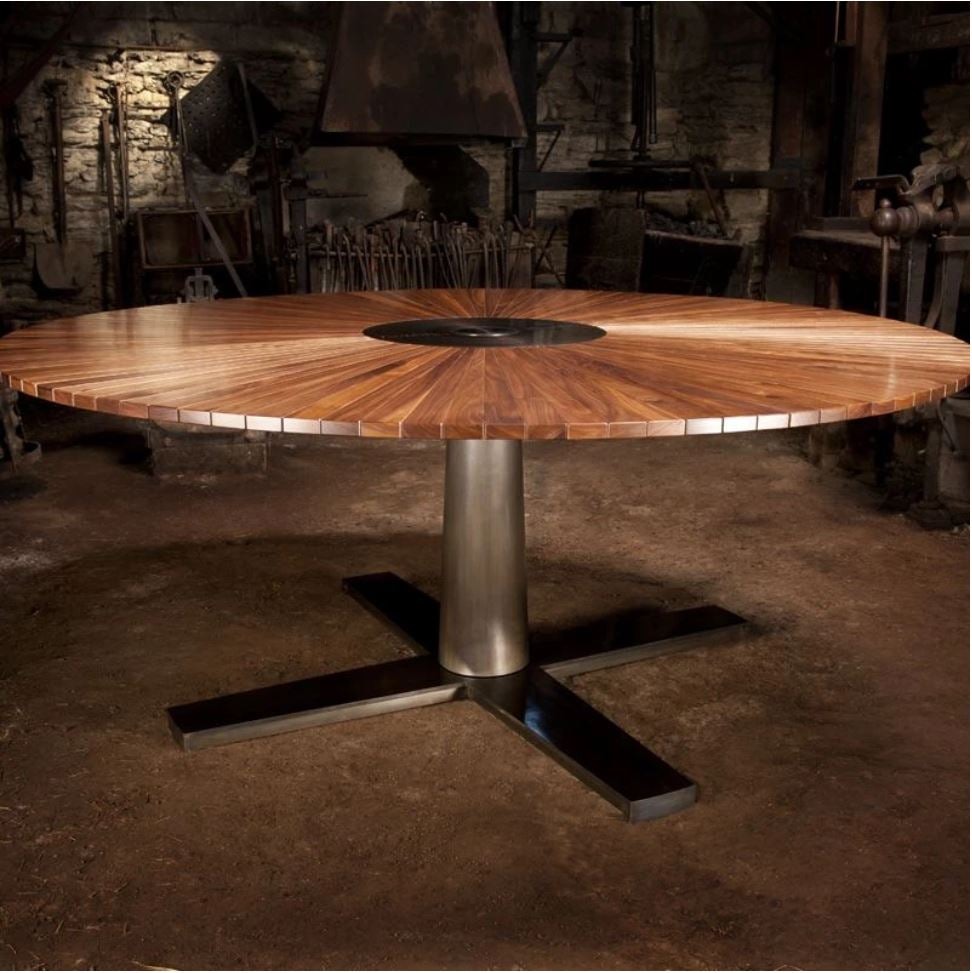
1821 Table – hand made from 108 black walnut segments revolving on a precision-engineered, gun-blued column supported by a cruciform base.
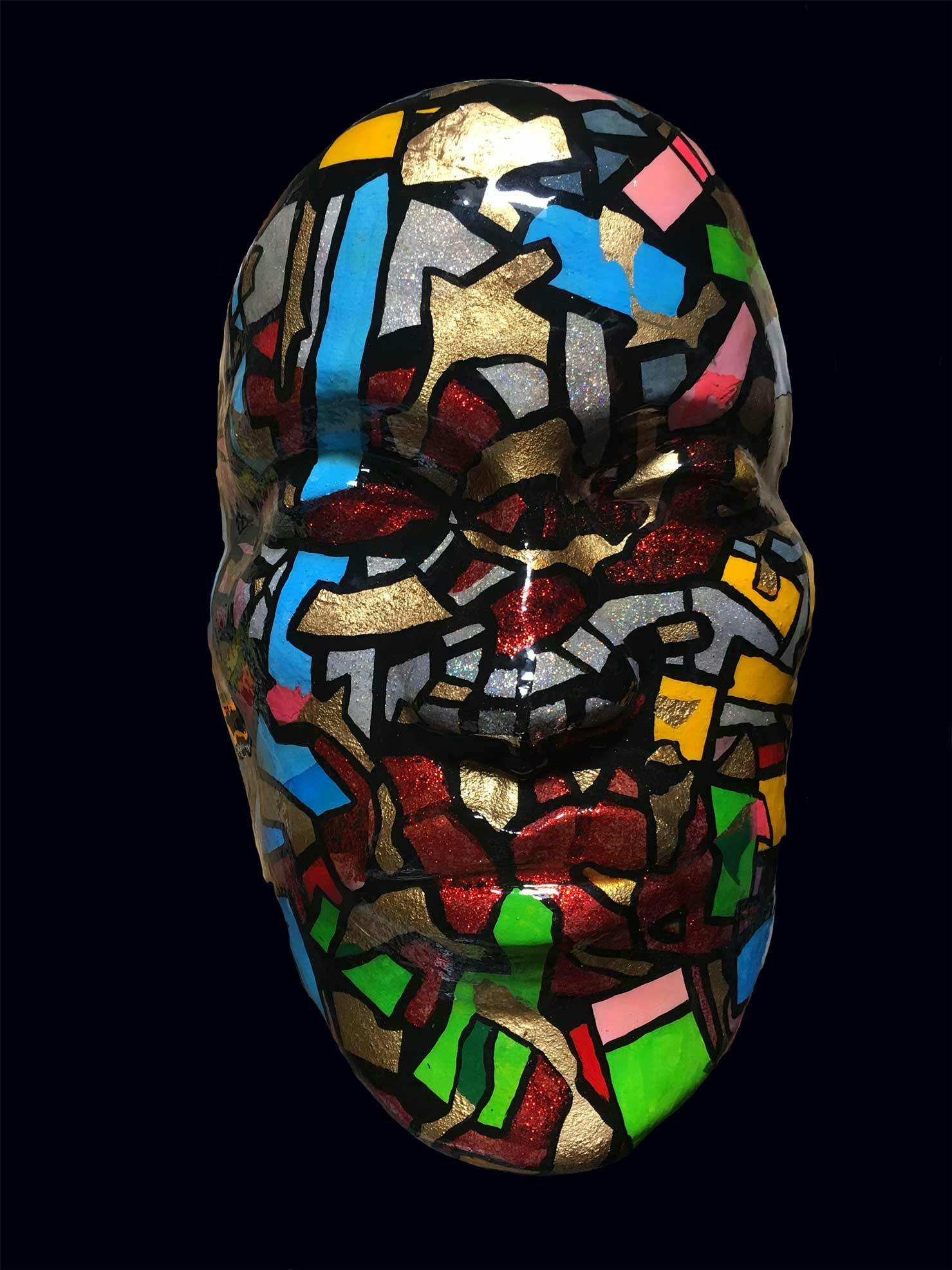 Bespoke “Kupe” mask, inspired by a famed Māori navigator and created in tribute to Tangaroa, Māori God of the ocean and master of the seas.
Bespoke “Kupe” mask, inspired by a famed Māori navigator and created in tribute to Tangaroa, Māori God of the ocean and master of the seas.
Read Next
Navigator Newsletter Stay informed on all things yachting and luxury lifestyle with the bi-monthly Navigator newsletters.
